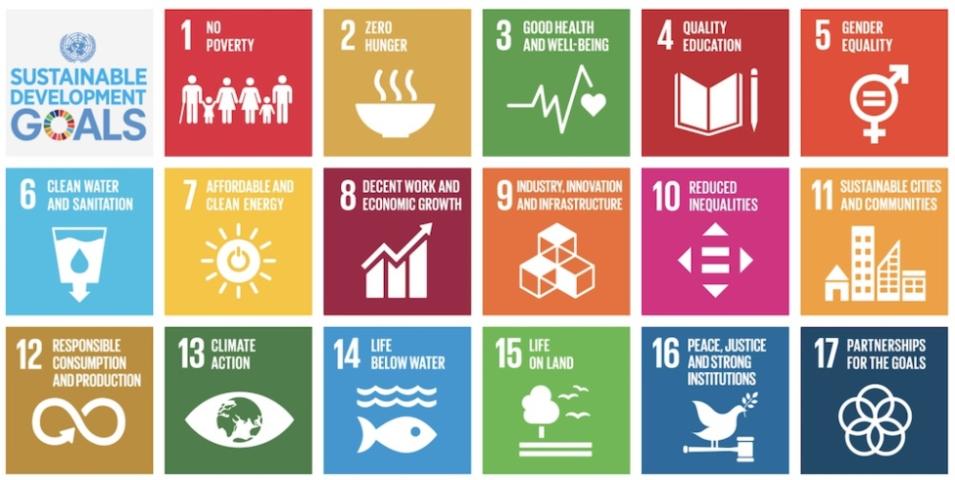People, Planet, and Prosperity
The ideas of people, planet, and prosperity underpin the 2030 Agenda for Sustainable Development, an international plan signed by all United Nations (U.N.) member states in 2015. This plan outlines 17 Sustainable Development Goals (SDG), with 169 underlying targets. The plan was developed by a U.N. working group comprised of representatives from 70 countries who gathered information and engaged with global communities to determine what the SDGs should include.
The 17 goals within the framework are:
